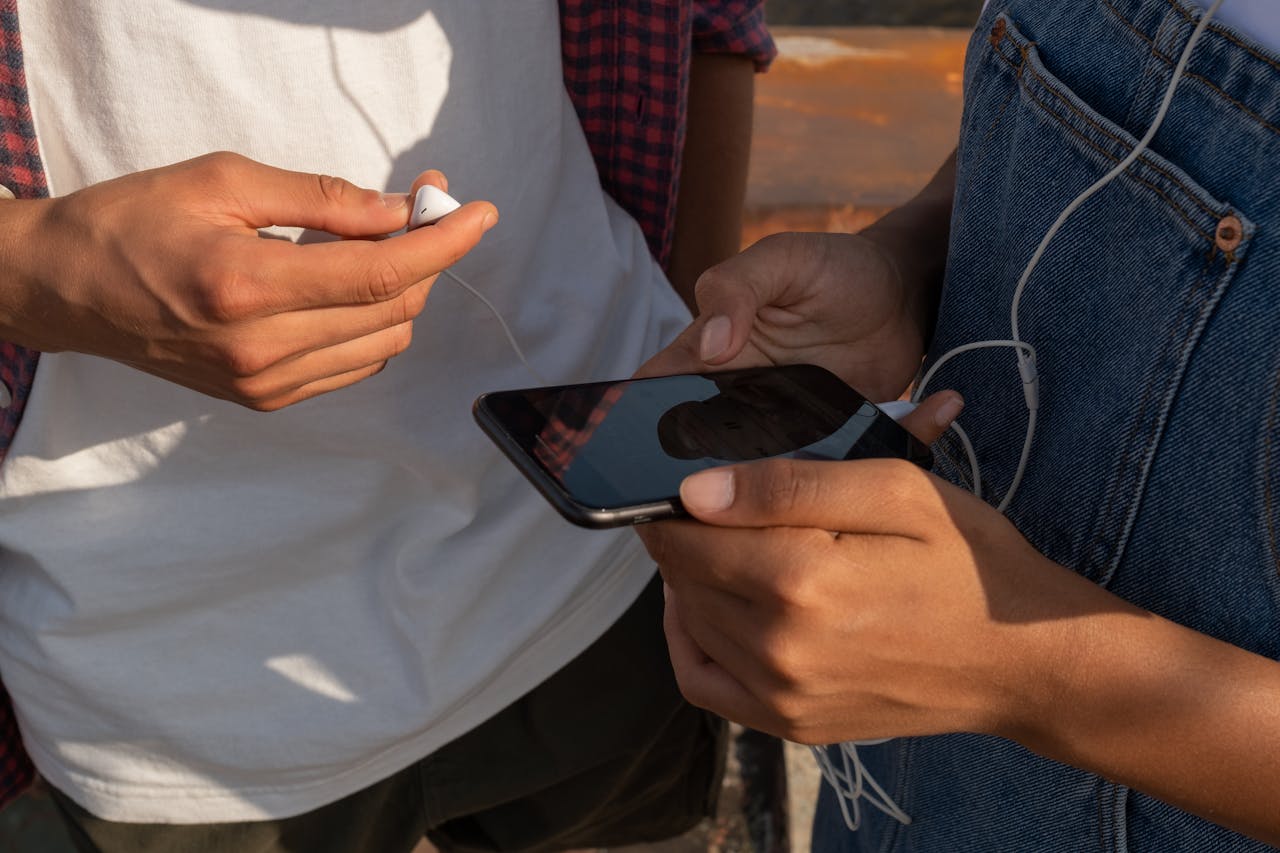
“I’ve exploited social media to the most heights that anyone could do. Just using all these platforms in different ways, in the right ways.”
Britain’s best-selling rapper of 2024, Central Cee, perfectly captures how social media has redefined the music industry. For both emerging and established artists, social media is no longer just a tool—it’s a stage where personal brands are built, relationships are formed, and careers are made.
So, what are the industry-changing social media strategies behind some of the world’s best artists today?
Understanding the Digital World
The music industry has changed–because of social media, emerging artists can build engaged fan bases and develop strong brand identities, which previously was a luxury only afforded to those signed by record labels.
Through viral content, aesthetically curated feeds, and digital personas, small artists and bands can share their music beyond what would be possible through traditional marketing strategies.
For today’s musicians, understanding social media content can be the difference between staying in obscurity and finding their voice in a crowded digital world.
This shift has led to a more nuanced approach to social media, where each platform serves a unique purpose in an artist’s strategy.
Theory of the Platforms
As Central Cee aptly pointed out, artists must understand the subtle differences in how they represent themselves across platforms.
Instagram, for example, allows artists to flaunt a desirable lifestyle synonymous with their brand. Whether it’s a unique fashion sense or a specific attitude, these visual cues help shape an artist’s identity and resonate with followers who aspire to that lifestyle.
Maisie Peters, a British pop singer, capitalized on TikTok’s focus on short-form, catchy audio to gain a large following. Her music fits perfectly with TikTok trends, allowing listeners to discover her through viral soundbites.
Liam Gallagher, on the other hand, uses X to display a more authentic, unfiltered version of himself—helping him remain a talking point in pop culture, even without a heavily strategized content plan.
These artists show that success on social media isn’t about a “one-size-fits-all” approach. Each platform offers unique opportunities, and artists who tailor their content to these nuances have the best chance of building lasting relationships with fans.
Direct Communication
Eminem no longer deals with obsessive ‘Stans’ sending profane letters; live streams and direct communication now allow for healthier, more genuine fan connections.
Even small bands and artists can leverage direct communication and digital access to build engagement, loyalty, and a dedicated online following that boosts their profile. Many digitally-focused artists engage fans through intimate one-on-one video conversations.
Artists’ digital communication strategies vary depending on their size and the mystique of their persona. Global superstars like Drake directly engage with emerging artists by liking and commenting on their posts, acknowledging supporters, and sharing cultural messages aligned with his brand—creating the impression that his interests closely mirror those of his fans.
Through direct digital communication, audiences feel valued and connected, helping to build long-lasting loyalty.
Social Media, Music Discovery, and Building a Monertizable Audience
Traditionally, music discovery was controlled by radio, television, and record labels—gatekeepers who decided which songs received airplay.
Today, social media has revolutionized this process, with platforms becoming crucial for artists to reach listeners. A 2021 study found that 53% of young adults discover new music via social media.
However, followers may initially be drawn to an artist for reasons beyond their music—whether it’s for the lifestyle, culture, or personal branding they see on their profile.
So, how can artists successfully convert these followers into active listeners and paying customers?
Sharing Tailor Made Social Media Clips
Central Cee, Maisie Peters, and Liam Gallagher demonstrated the importance of adapting their personas depending on the social media platform. Similarly, the style of content can’t be standardized if artists want to successfully convert followers into active listeners.
Successful artists and bands create content that is uniquely tailored to each platform’s characteristics.
On X, where users generally have a higher attention span, a clip from a music video might suffice to engage the audience. On platforms like TikTok and Instagram, however, tailor-made videos that align with trends and the platform’s algorithm are likely to be more effective.
Making Music Central to an Artist’s Digital Persona
For an artist to use social media to create engagement with their music, followers need to have a clear idea of the type of music they produce.
An infective social media platform would be intriguing enough to gain followers but ambiguous enough to make followers confused about what they do.
Most posts should, at least to some extent, be relevant to the style of music they produce and its cultural connotations. This helps passive followers understand an artist and make the appeal of their music grow.
Developing Merchandise Strategies for Social Media
It’s no secret, streaming has limited the earnings of most bands and artists, so there should be little stigma attached to selling merchandise through their social media presence.
By wearing, promoting, and sharing links to merchandise in social media posts, artists have a golden opportunity to utilize their online following to drive additional revenue.
Shaybo, a commendable artist in her own right, has become just as recognisable for her merchandise effectively promoted through TikTok as she is for her music. By sharing merch links, showing off her designs, and engaging with her followers, Shaybo has found a way to monetize her following beyond music sales.
Merchandise isn’t just an afterthought—it’s a key component of an artist’s revenue strategy. For emerging artists with strong social media followings, creating exclusive or limited-edition items can drive fans to purchase, even if they haven’t yet fully connected with the artist’s music.









